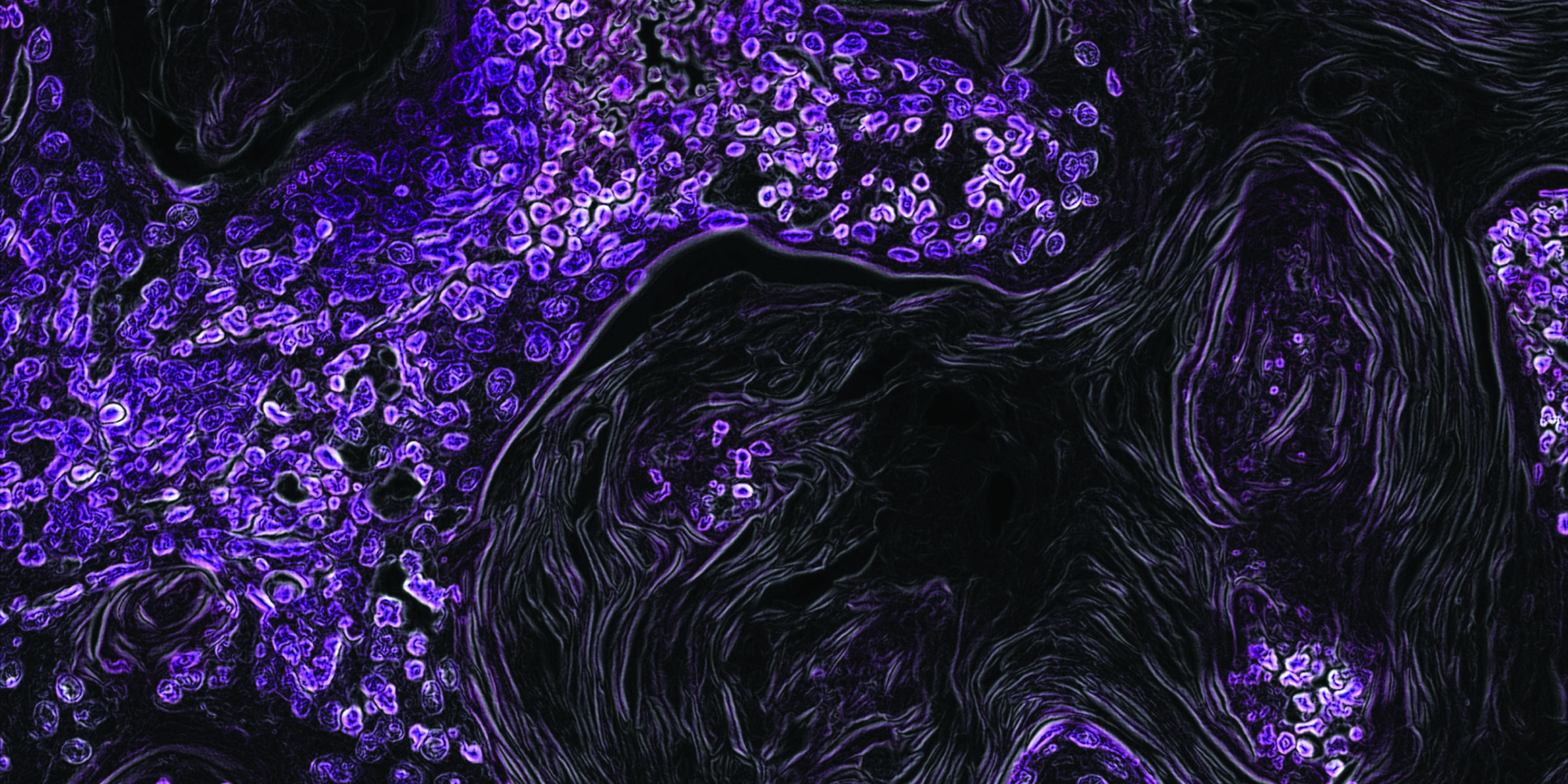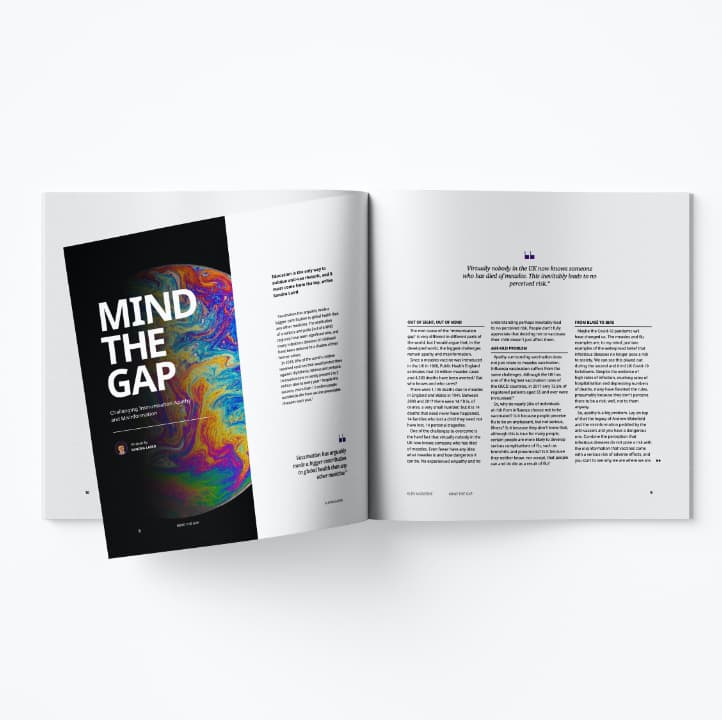
Celebrating the New UK Rare Diseases Framework

The government has unveiled a new national framework that spells good news for people living with a rare disease.
At Dice, we work with many clients who specialise in the treatment of rare diseases. Suffice to say it’s a challenging area to work in, but it’s also incredibly rewarding.
To give it some context, it’s worth going back 20 or 30 years to when most pharma companies were focused on solving larger-scale issues such as HIV. While research into HIV treatment continues – with the ultimate goal of finding a cure – the astounding work of scientists and pharma means a lot of well known, chronic illnesses are now treatable. However, that still leaves the 300 million people worldwide who live with a rare disease.
However, that still leaves the 300 million people worldwide who live with a rare disease.
What is a rare disease?
A rare disease is defined as a condition that affects less than 1 in 2,000 people By current estimates, there are over 7,000 rare diseases, but new conditions continue to be identified as research advances.
While rare diseases are individually rare, they are collectively common; approximately 7% of people are affected by a rare disease at some point during their life. In the UK, that equates to about 3.5 million people.
Rare diseases can be both life-limiting and life-threatening, with children disproportionately affected. 75% of rare diseases affect children, and more than 30% of children with a rare disease die before their fifth birthday.
The challenge of treating rare diseases
A lack of awareness makes rare diseases very difficult for GPs and other clinicians to identify. In some cases, a patient may know more about their disease than a doctor. This typically leads to delayed diagnoses, with GPs referring patients to multiple specialists, and even then there’s no guarantee of a disease being diagnosed.
Thankfully it’s a problem the government has resolved to tackle. Most notably, it has published the UK Rare Diseases Framework – laying out a clear plan for improving the lives of people living with rare diseases in the UK.
While there’s still a lot of work to do, this is undoubtedly a positive development in the treatment of rare diseases.
Signed by ministers in England, Wales, Scotland and Northern Ireland, the framework sets four priorities for rare disease care and diagnosis over the next five years:
- Helping patients get a final diagnosis faster
- Increasing awareness of rare diseases among healthcare professionals
- Better coordination of care
- Improving access to specialist care, treatments and drugs
The framework was informed by the National Conversation on Rare Diseases survey, which aimed to identify the major challenges of living and working with rare diseases. It received 6,293 responses, with more than 5,000 from patients, families and patient organisations.
It’s no surprise that technology sits at the heart of the government’s strategy. As stated in the framework, “Advances in genomics and diagnostic services have allowed us to make significant strides towards shortening the diagnostic odyssey for many rare disease patients. In the future, we expect that new, validated genomics approaches and diagnostic tools will contribute to further improvements in diagnosis and screening, including improved recognition of which patients should undergo advanced genetic testing.”
It also recognises the value of virtual interactions – whether between patients and HCPs or among specialists – when it comes to information sharing and the coordination of care.
A welcome step forward
While there’s still a lot of work to do, this is undoubtedly a positive development in the treatment of rare diseases. We personally look forward to working with the government and our clients in continuing to raise awareness of conditions that affect millions of people – and in turn, saving lives.





